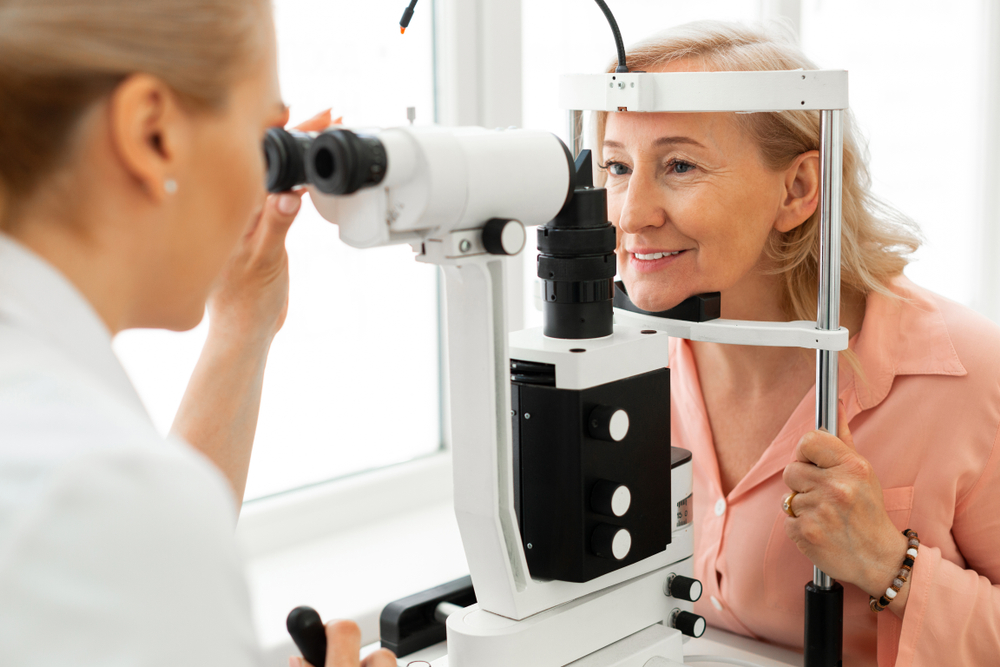It is considerably more dangerous to have scleritis, which is an uncommon inflammatory condition of the sclera. Imagine the white part of your eye having different layers like an onion. Called the sclera, this tough fibrous tissue maintains the round shape of the eye and serves to protect the eyeball from damage. Covering the sclera is the episclera, a thin membrane that adds an extra layer of protection. Both the sclera and episclera are susceptible to inflammation. An inflamed episclera is called episcleritis, which is generally non-threatening to the vision and overall health. It is considerably more dangerous to have scleritis, which is an uncommon inflammatory condition of the sclera.
About 50 percent of patients who have scleritis will have an associated systemic disease. The most common causes are:
- Rheumatoid arthritis (The Most Frequent Cause)
- Lupus
- Ankylosing spondylitis
- Herpes zoster
- Syphilis
- Tuberculosis
- Gout
- Lyme disease
With 50 percent of those who do not have an autoimmune disorder, the purpose of scleritis is generally not known. It develops most of the time between the ages of 30 and 60 and is very occasional in children.
Those with this disease usually have severe symptoms, including a red-eye light sensitivity tearing and sometimes reduced or poor vision. The most distinctive sign of the condition is a severe annoying pain in the eye which may spread to the forehead behind the eye or cheek. The affected eye often has a bluish hue.
The type of treatment administered depends on the subtype of it, of which there are four. Generally, the underlying disorder needs to be treated first to halt progression. It usually requires steroids during acute phases and immunosuppressive agents for the long-term. Eye drops are not sufficient for this condition though they are somewhat helpful in treating episcleritis (this helps differentiate between the two). If not treated immediately, it poses the risk of eventually impairing vision in the form of cataracts secondary glaucoma retinal detachment or optic atrophy.


